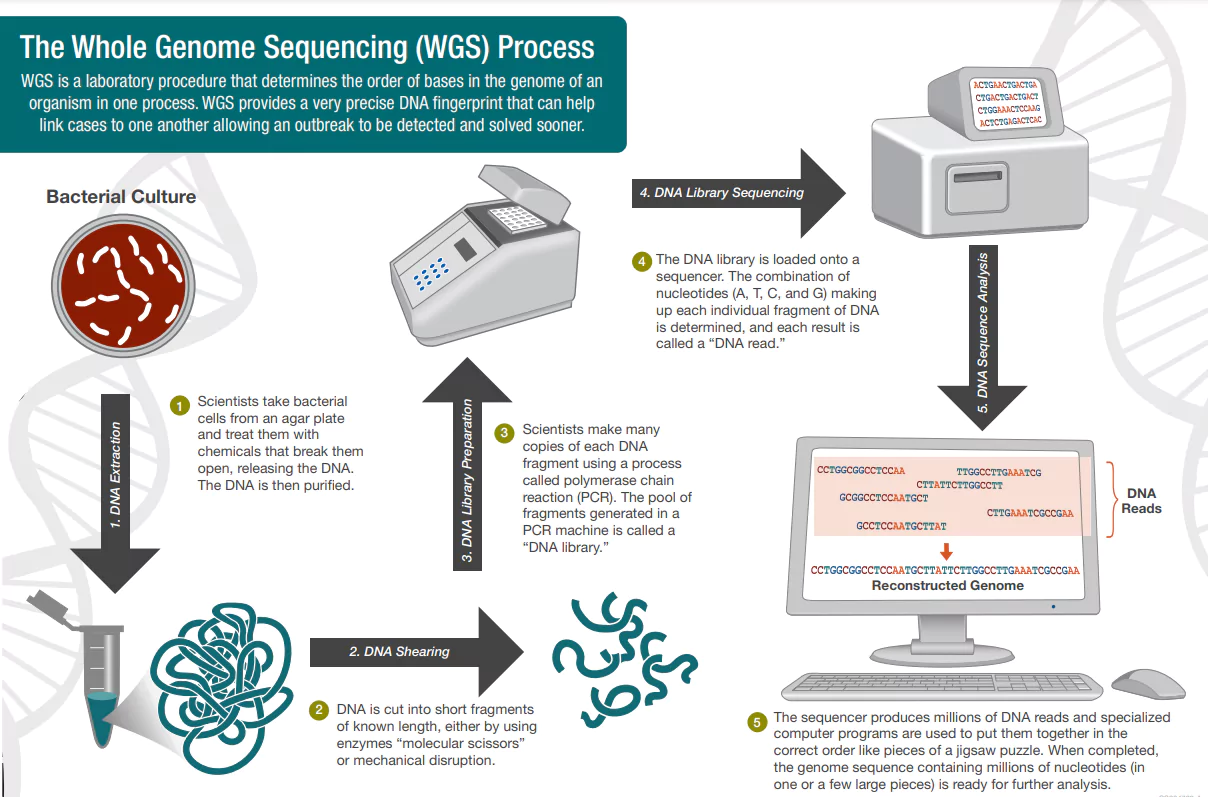Context: Indian Institute of Science Education and Research (IISER) Bhopal researchers have recently conducted the first genome sequencing of the jamun tree (Syzygium Cumini).
About Jamun (Syzygium cumini):
- Jamun: Syzygium cumini, also known as jamun, jambolan, or black plum, is a tropical tree belonging to the Myrtaceae plant family.
- Habitat: It is native to the Indian subcontinent and South-East Asia, and is known for its wide range of medicinal properties and purple-black berries.
- Botanical Profile: It is an evergreen tree with 30 meters of height, 3.6 meters of girth, and up to 15 meters of bole, and can live more than 100 years.
- Economic and Medical Importance: This species is widely cultivated in tropical countries for its edible fruit (“Jamun”), which has significant economic and medicinal importance.
- Fruit seed extracts of jamun have well-known anti-diabetic properties and is highly recommended in Ayurveda to treat a variety of health ailments.
- Multiple clinical studies have shown the health benefits of jamun as an excellent source of antioxidants, iron, and vitamin C.
What is Whole Genome Sequencing (WGS)?
- Genome Sequencing: All organisms (bacteria, vegetable, mammal) have a unique genetic code, or genome, that is composed of nucleotide bases (A, T, C, and G). Determining the order of bases is called sequencing.
- WHG: It is a laboratory procedure that determines the order of bases in the genome of an organism in one process.
- Working of WGS: Scientists conduct WGS by following these four main steps:
- DNA Shearing: Scientists begin by using molecular scissors to cut the DNA into smaller pieces.
- DNA Barcoding: Scientists add small pieces of DNA tags, or bar codes, to identify which piece of sheared DNA belongs to which bacteria.
- DNA Sequencing: The bar-coded DNA from multiple bacteria is combined and put in a DNA sequencer which identifies the bases that make up each bacterial sequence.
- Data Analysis: Scientists use computer analysis tools to compare sequences from multiple bacteria and identify differences.

What are the benefits of whole genome sequencing?
- Genomic information has been instrumental in identifying inherited disorders, characterizing the mutations that drive cancer progression, and tracking disease outbreaks.
Learn more about Genome Sequencing here.
News Source: IE
![]() 6 Dec 2023
6 Dec 2023
